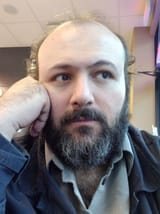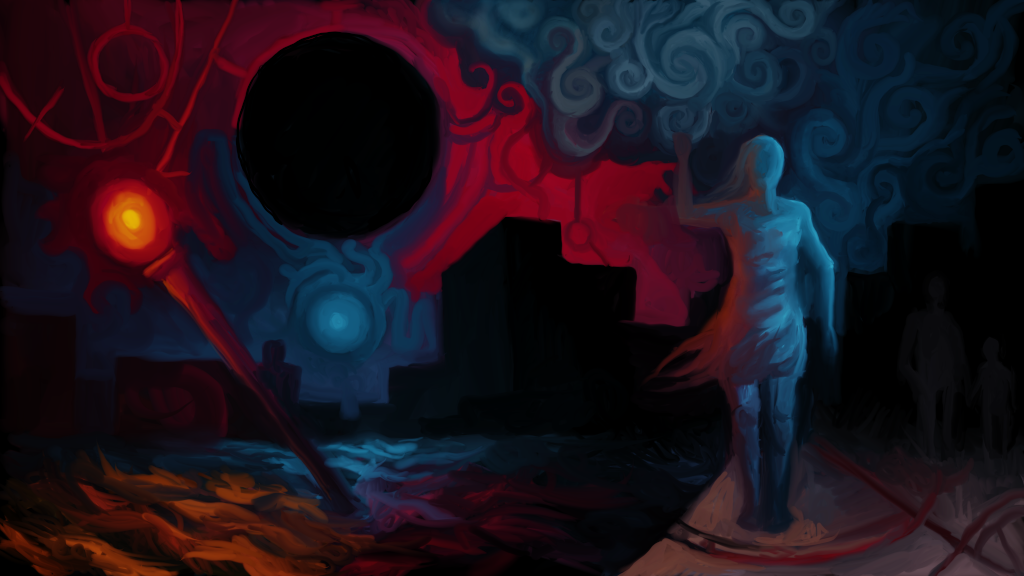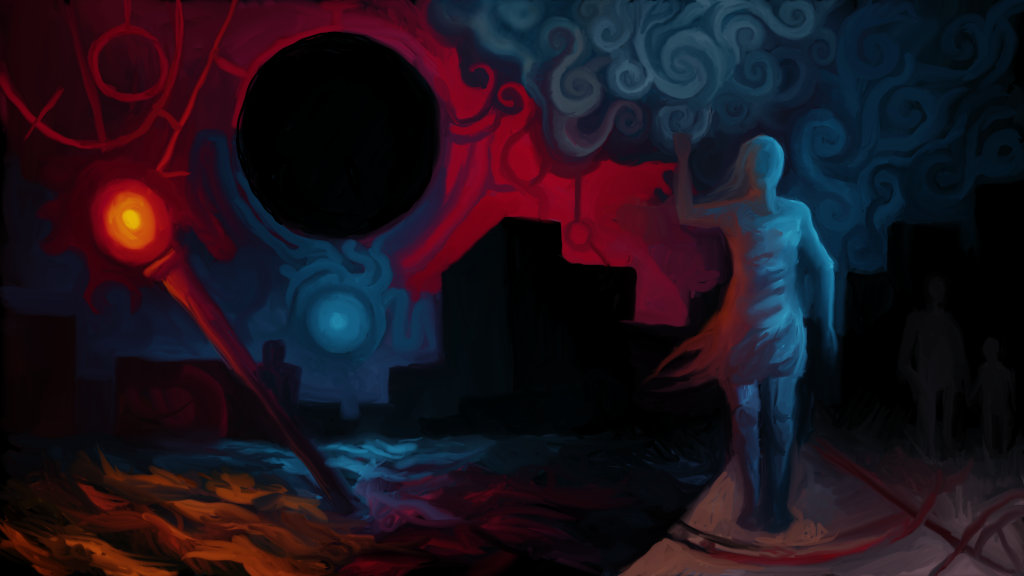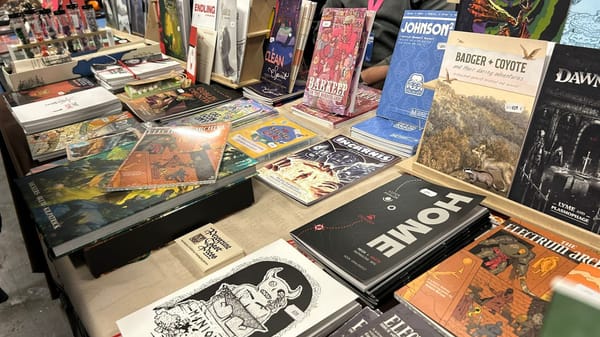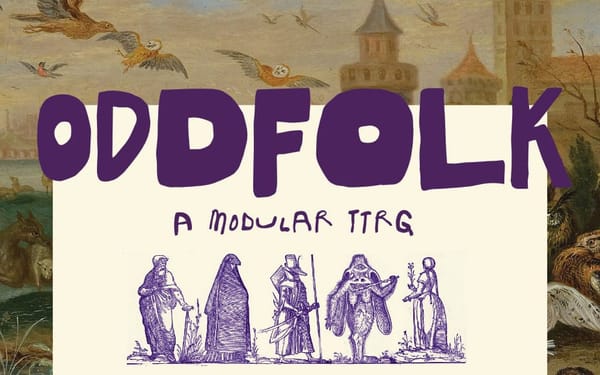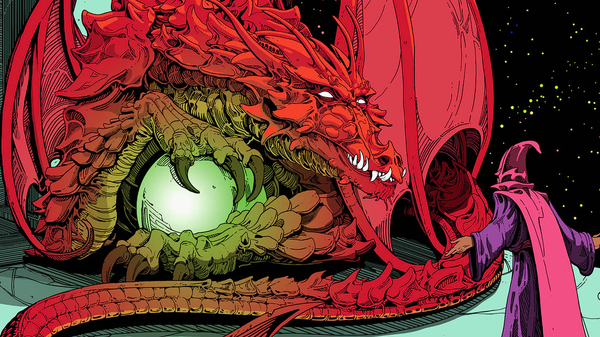Shores Of Night - A TTRPG Of Weirdo, Surreal, and Cosmic Horror Now On Kickstarter
Inspired more by David Lynch than H.P. Lovecraft, Shores Of Night aims to facilitate a species of cosmic horror rooted in displacement, awe, and dissolution, as opposed to otherness or indifference. No sanity rules and a lot of surreality, liminality, interdimensionality, and ontological dread.
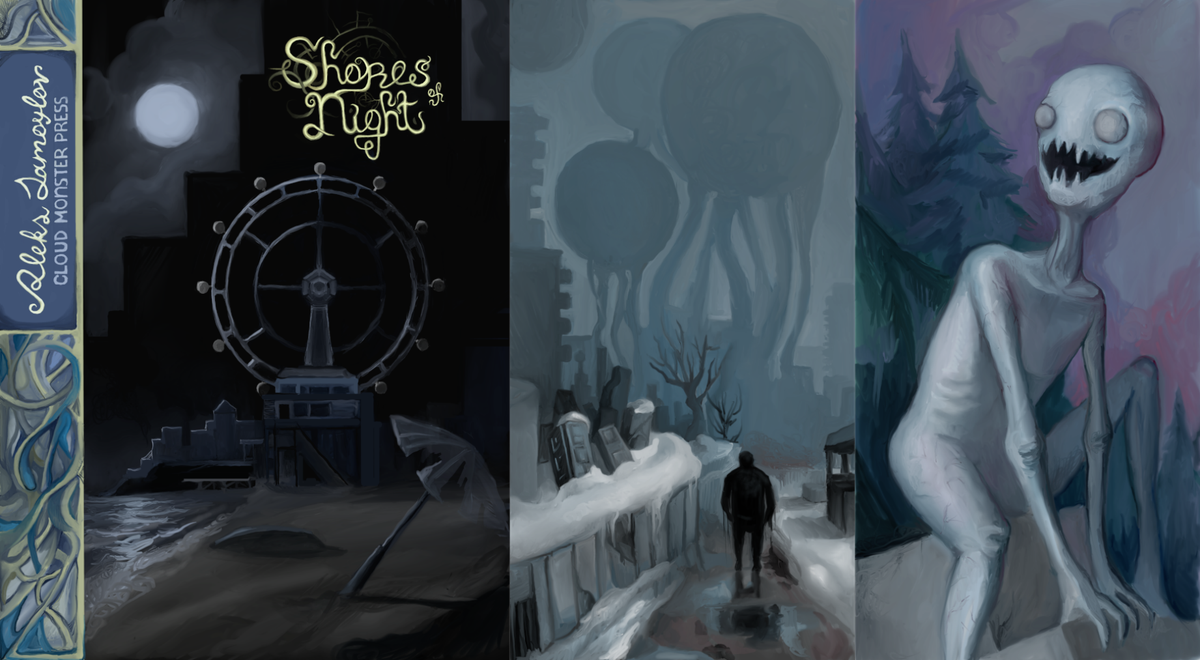
What It Is
From the twisted and rock-n-rollin' mind of Aleks "The Aleks" Samoylov (they/them), the designer and writer behind tabletop and live action roleplaying games such as "Spiral," "Parable Of The Pit," "This Town Is Full Of Monsters," "By Hook Or By Crook," "Albatross," "The Life, Death, And Apotheosis of Bastard Jim," "The Grizzle," "Passage," "Errant," "At The Crossroad, Dark And Low," and "Shut Your Eyes And You'll Burst Into Flames" (as well as the painter behind The Lacuna Tarot Deck and the developer of digital gaming experiences such as "Pleroma," "The Labyrinth Of Doctor Bernstein," "Egress," and "How To Die Like A Graceful Beast") comes a brand new tabletop roleplaying game of high strangeness, freakadelic horror, ontological dread, and reality shifting shenanigans.
Designed for traditional tables, and fully compatible with several modalities of solo play (an "official" solo guidelines will either be available at launch or released as a supplement shortly after, depending on funding levels), "Shores Of Night" offers up a non-heroic ruleset whereby inherently competent protagonists, by virtue of having crossed the boundary of the Consensus, are tested against an awe inspiring, infinite Cosmos, full to the brim with dreams and nightmares alike.
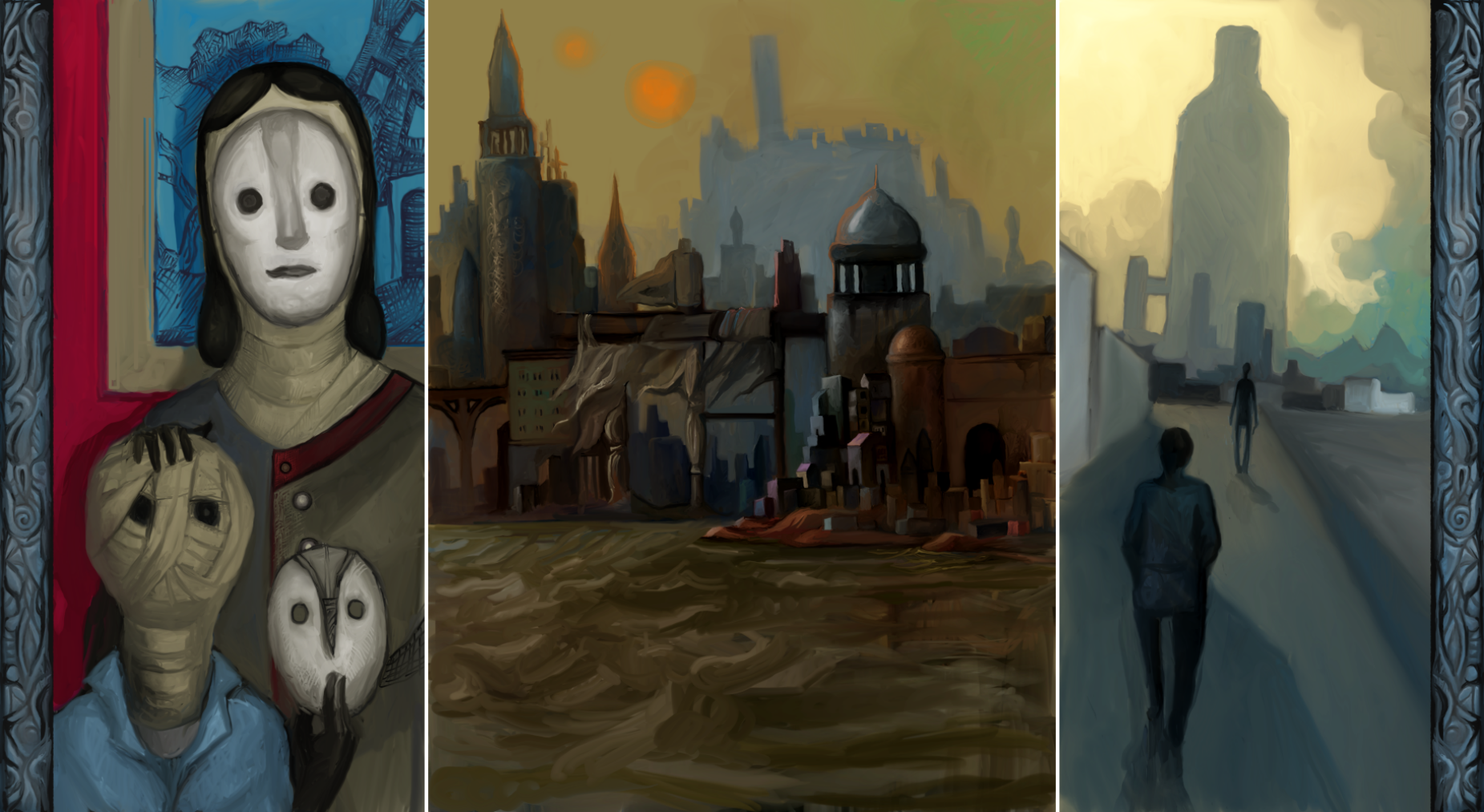
Click below to check out the "Shores Of Night" Kickstarter, where you can learn more and, if you're able and so inclined, back the project. The campaign is running throughout Spooktoberween until November 1st, 2025.
The Core System
At the heart of the "Shores Of Night" rules system lies a comparatively simple, roll-under, d6 dice pool resolution mechanic (six sided dice make such a satisfying clatter). Players intentionally build their pools while balancing the potential risks and rewards thereof - bigger pools increase the likelihood of both attaining an unmitigated success and rolling a 6 (which is bad, in this case) and thereby taking on Fatigue, which immediately makes successes more difficult to achieve down the line. The aim is to give the players a nice, calm, solid start, whether in the context of a session or a scenario, wherein the threat of a penalty is always looming but they're basically crushing their checks more often than not, while gradually, procedurally, and organically ramping up the tension as once reliable resources begin depleting and tasks that might have been simple a few hours ago slowly but surely become fraught with danger.
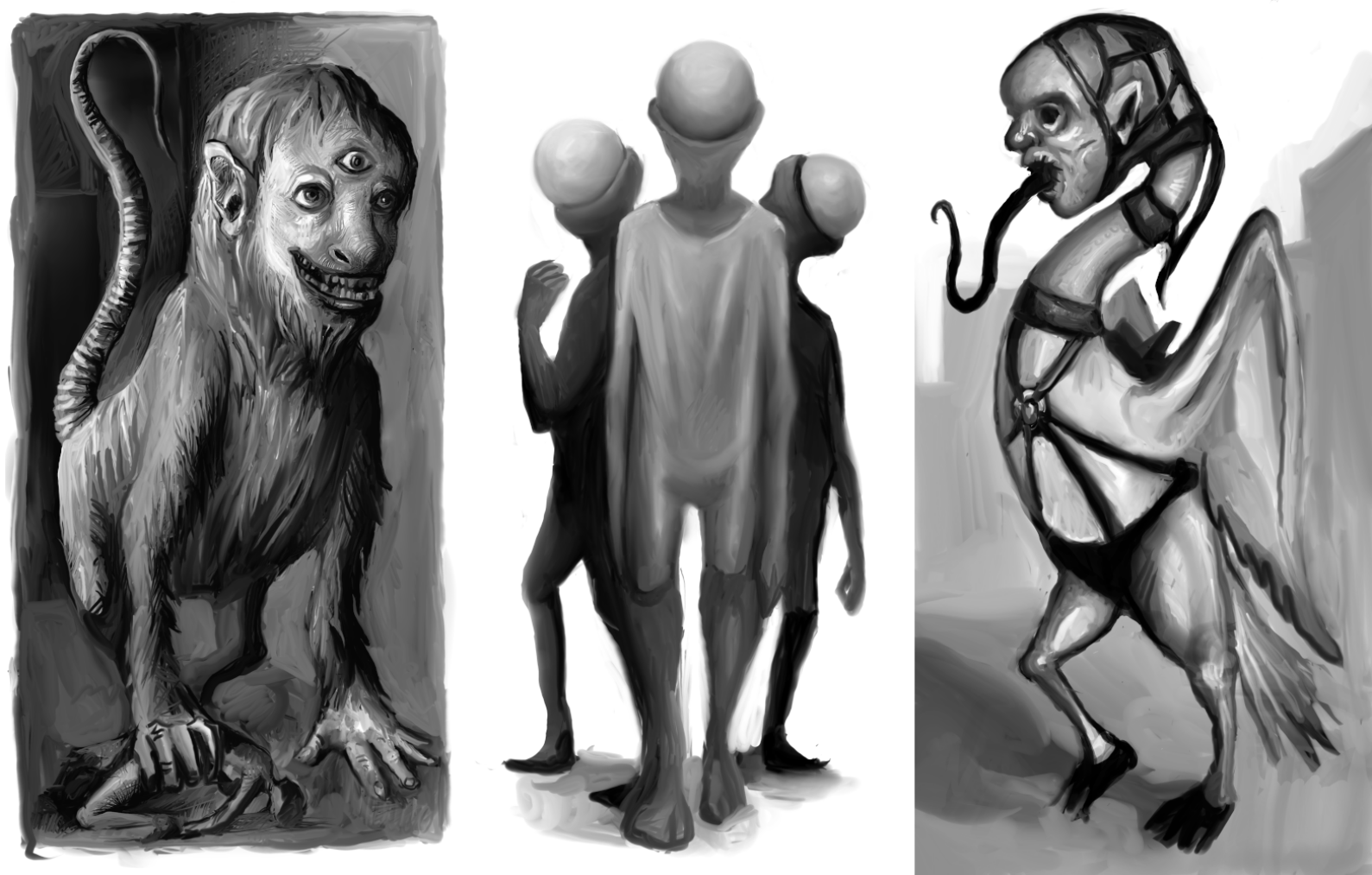
Secondary Systems
This rulebook, in the current draft stage, is a "chonker," as the kids may or may not still say, and has all kinds of stuff in it, from long diatribes about the nature of horror storytelling within the confines of the inherently "comfy," lighthearted, and improvisational format of tabletop roleplaying, to various principles on running mystery focused and investigative scenarios, to the nearly obligatory rules on fighting or running away from terrible threats. The overall approach is largely a modular one. Secondary systems are either designed to plug directly into the core resolution mechanic (combat, for example, retains the basic roll / check structure, and expands it with various contingency mechanics) or to sit beside it, preferably in complementary fashion.
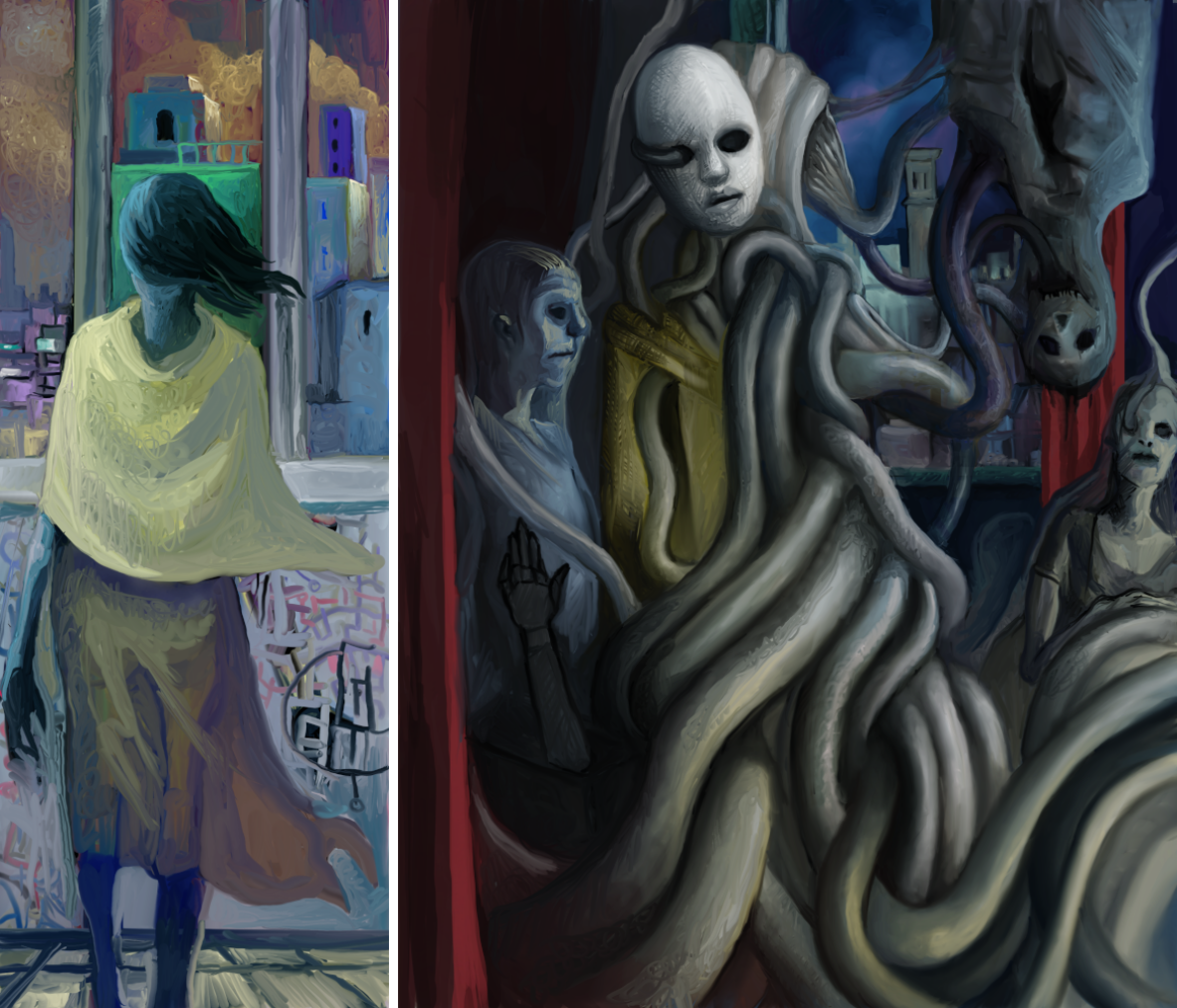
Perhaps the most distinctive secondary system in "Shores Of Night" is made up of two independent but interrelated scores: Gnosis, a measure of mystical understanding, occult knowledge, and the ability to perceive various hidden truths behind the facade of the Consensus, and Veil, a measure of how firmly that Consensus holds from the vantage point of a given character, a representation of how pliable, permeable, and volatile "reality" happens to be in their immediate environs.
When either one of those hits an extreme, funky things happen. When the two are read together, funky things may or may not happen, depending on the combination (i.e. even when their Veil is thinnest, a character with low Gnosis may very well be protected by their own ignorance and rootedness, but when Gnosis is high while Veil is low, their once solid reality might take on the quality of a lucid dream, or generate strange anomalies, or shiver around them, causing similarly attuned entities to take notice).
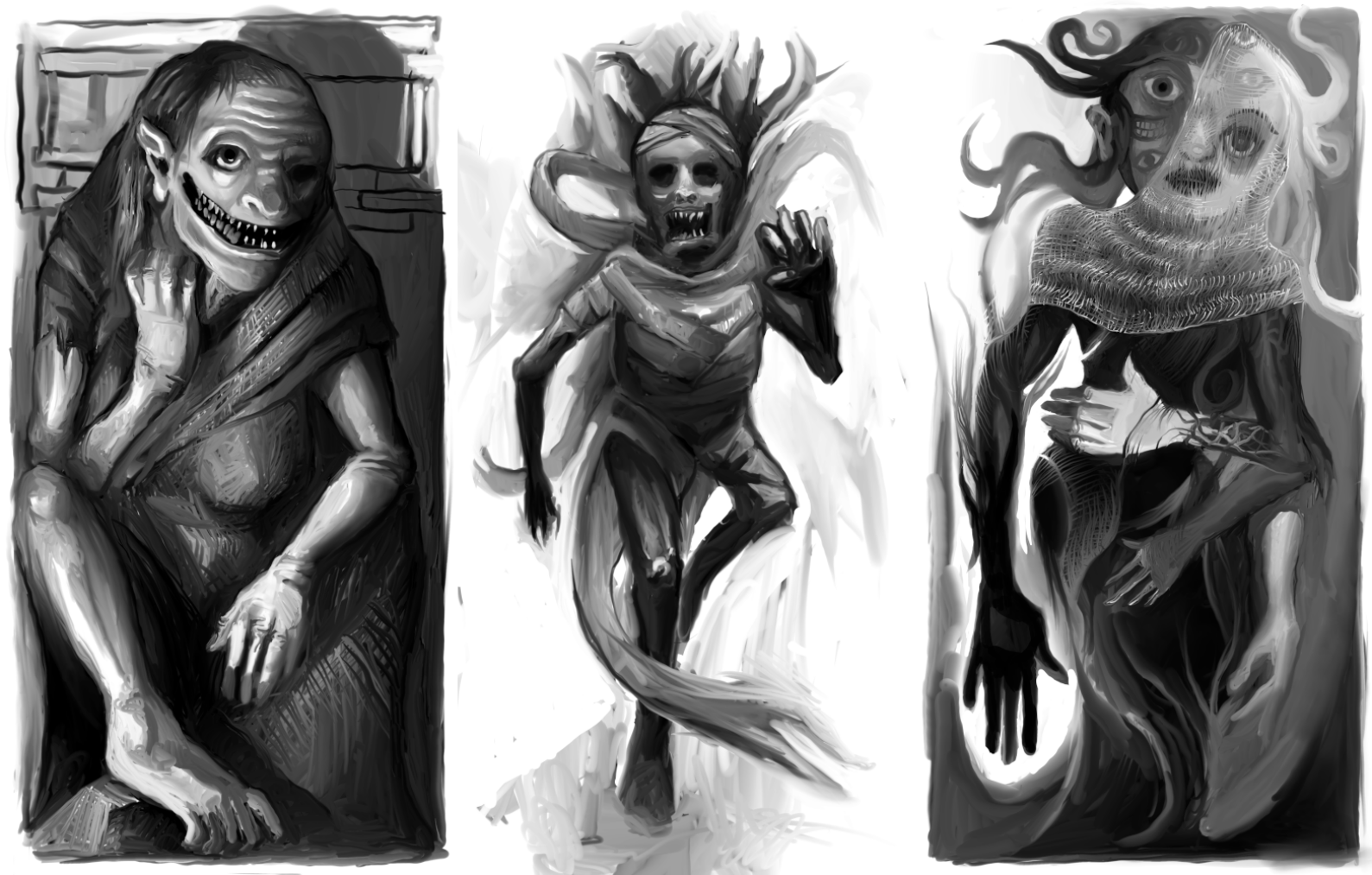
This system is in place as a comparatively simple mechanical driver of strange narrative turns and possibilities. Those are, in large part, interpretive, if one wishes them to be. But don't worry, there are also some oracular tables you can roll on whenever in doubt, or in need of an impartial arbiter on how, exactly, reality manages to break down around you.
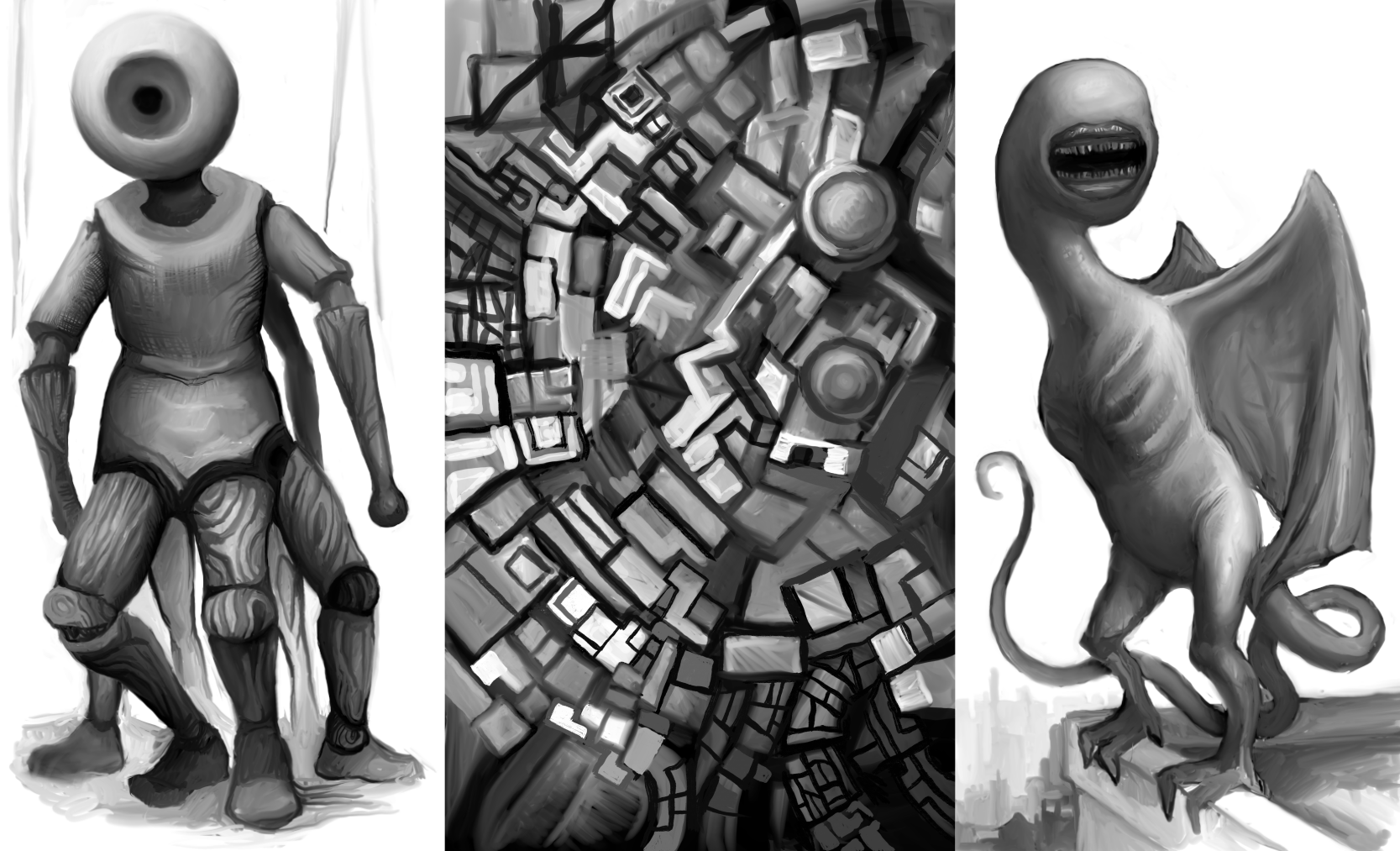
Art and Aesthetics
Currently, The Aleks is doing all of the artwork, on top of all of the designing, and the writing, and the ... everything. If y'all help the upcoming Kickstarter do really, really well, they might get a bit of rest and showcase a few external talents, but well, if not, at least they happen to be a professional visual artist outside of their near-decade of tabletop roleplaying game design and publishing experience, and it's about time those two particular skillsets were properly and fully united.
Every bit of artwork you see on this page was drawn / painted by hand (no AI slop here) specifically for "Shores Of Night," mainly using a digital painting tablet and either Krita or Sketchbook (The Aleks does not own Apple products and does not have access to Procreate, which apparently is amazing or whatnot).
Since pictures are worth a thousand words, there is little more that needs to be said on that account. Just keep in mind that some of them may still be works in progress.
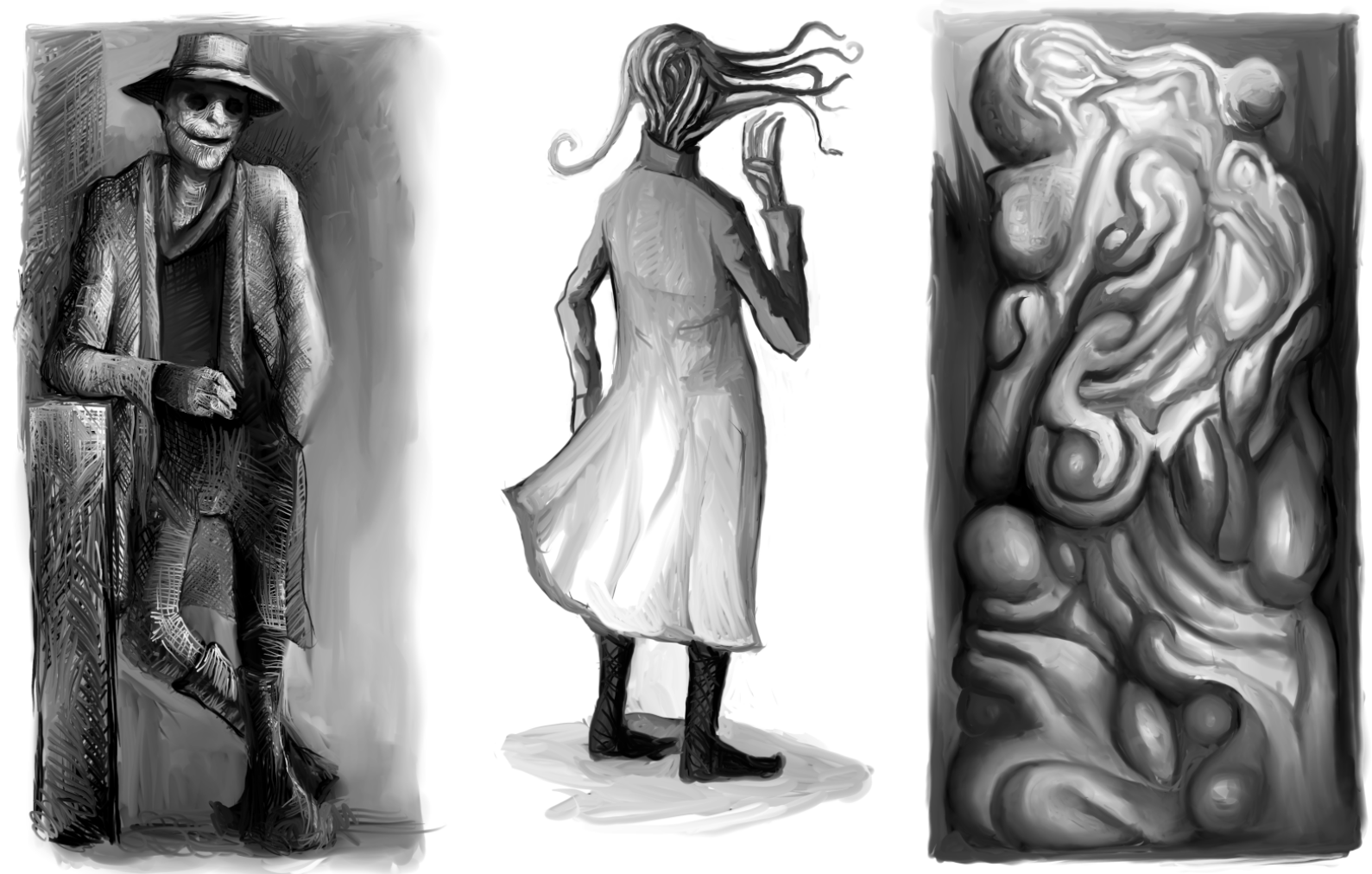
Layout (in very preliminary stages at the moment) is being done in Affinity, and is probably going to focus on readability above all. So, while it will hopefully make for an attractive and enjoyable artifact to interact with, from an aesthetics standpoint, the presentation is unlikely to pursue Mork Bork levels of avant-garde.
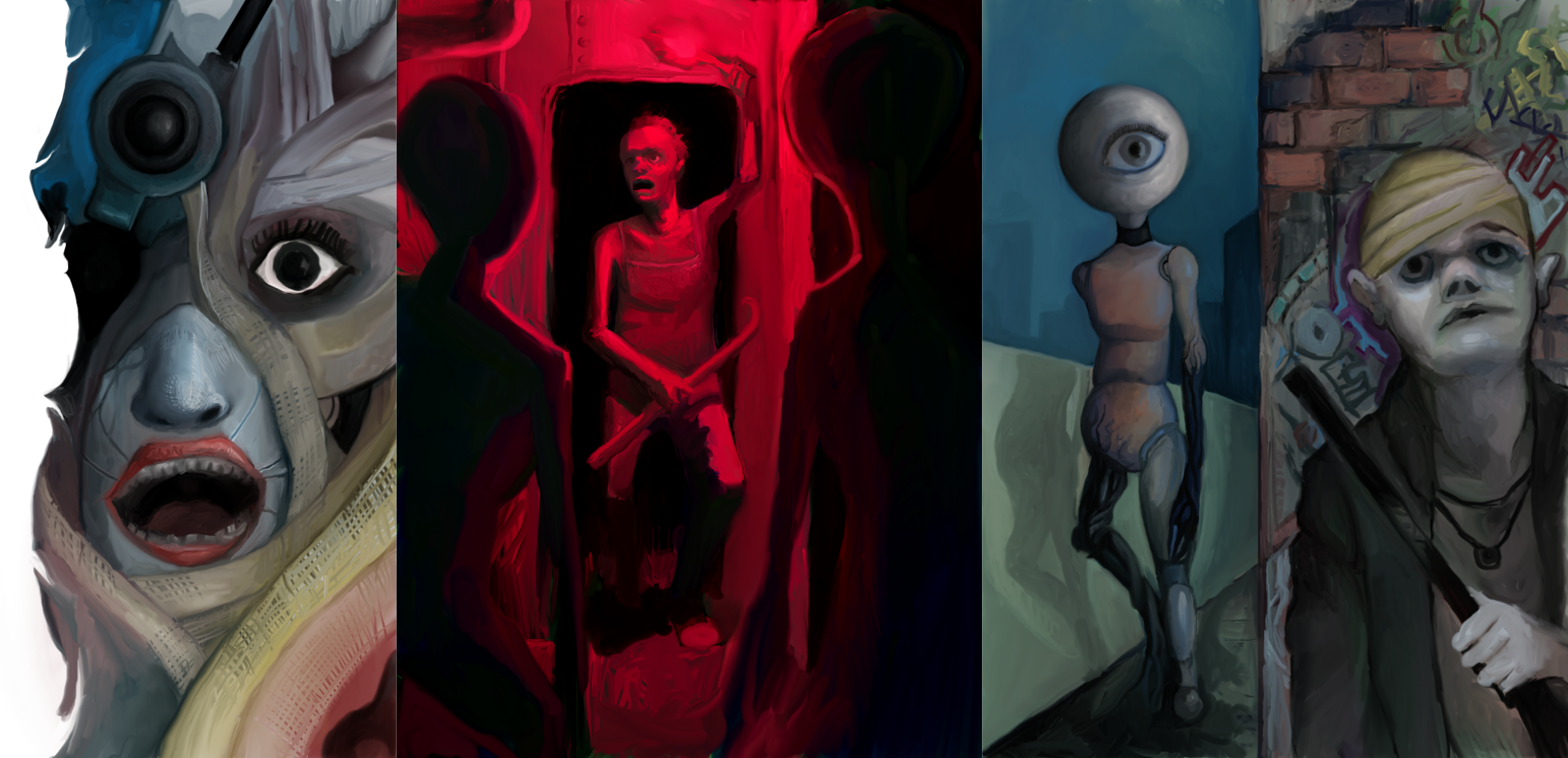
What It Isn't
"Shores Of Night" is not a game about "madness," "insanity," trauma, or mental illness.
It assumes an endlessly complex and inherently ineffable Cosmos. Thereby, when things get weird, it is because they really are just that weird, naturally, inherently, at their very core. When things get bad, it is because the universe is, in part as a result of its ineffable and chaotic nature, dangerous. The reaction that a given protagonist might have to any particular species of weirdness or badness is a matter for their respective player to consider and roleplay.
It is no secret that the creator of the game is straight up mentally ill as hell. As such, they do, to whatever extent possible at any given time, try to engage in active mental health and disability advocacy, in the hopes of helping, in some small way, to reduce stigma and mitigate further trivialization of their own suffering and that of people like them. To The Aleks, trauma is not an abstraction but something they live with every hour of every day.
Now, you would think that a designer with such glistening bona-fides would be qualified to write an utterly sterling, revolutionary sanity system: tasteful, unimpeachable, respectful, and somehow still full of "shiny things for the imagination." And you would be right. The Aleks has leveraged all of their wisdom and lived experience to do so, and has concluded, firmly and authoritatively, that the perfect sanity system, from the point of view of actually respecting real life sufferers, who may very well be sitting at any given table without even making themselves known (on account of all that stigma, perhaps), is absolutely, positively NO sanity system.
"Shores Of Night" was in part conceived, however many years ago, as an alternative to games that do, for whatever reason, continue to rely on the whole sanity thing, by someone who absolutely loves the kinds of horror fiction those games are interested in emulating but has come to have an increasingly hard time, as their age advances and the resilience of youth retreats, dealing with mental illness mechanics at their tables. As such, SoN eschews the "mechanization" of mental health even in its less blatant forms: there are no stress meters or trauma points, and there are no mechanical inflection points at which player characters are expected to have a rules-mandated "breakdown" or "freak out" or what have you.
In The Aleks' personal experience running and playing a variety of games, if such matters are left up to roleplay, the players who have no direct lived experience with mental illness are implicitly encouraged to think twice about whether or not they want to portray a certain stereotype for the sheer goofs of it (and if they decide that they do want to act out disrespectfully, they are, at the very least, not afforded the luxury of pointing to the rulebook as an excuse). Similarly, this allows those players that do have that kind of experience to either draw upon it, if they feel comfortable, or else avoid it entirely, as is their gods given right.
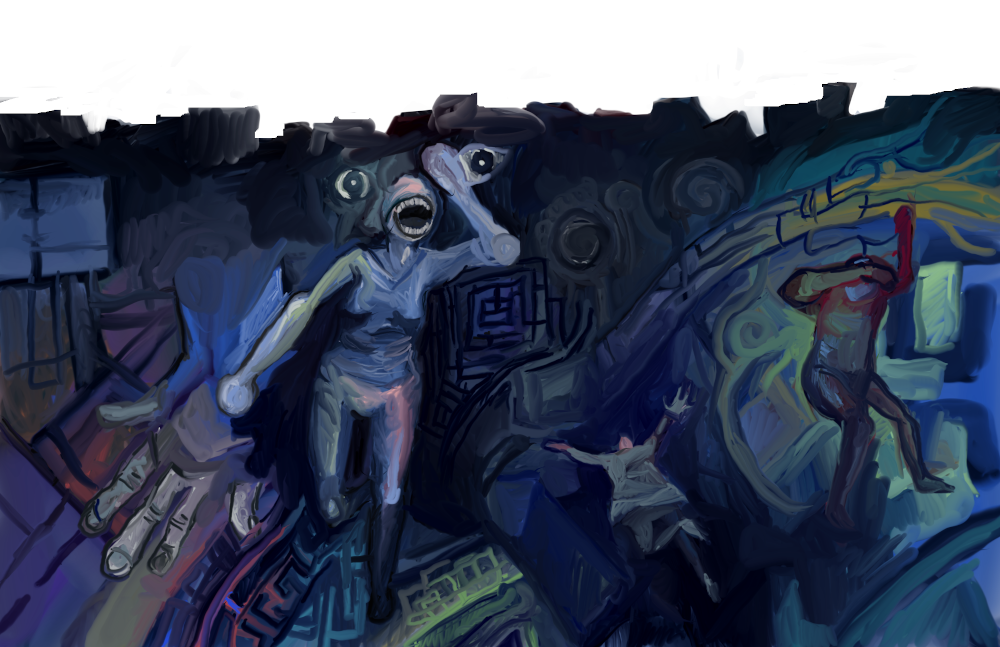
Click below to check out the "Shores Of Night" Kickstarter, where you can learn more and, if you're able and so inclined, back the project. The campaign is running throughout Spooktoberween until November 1st, 2025.

